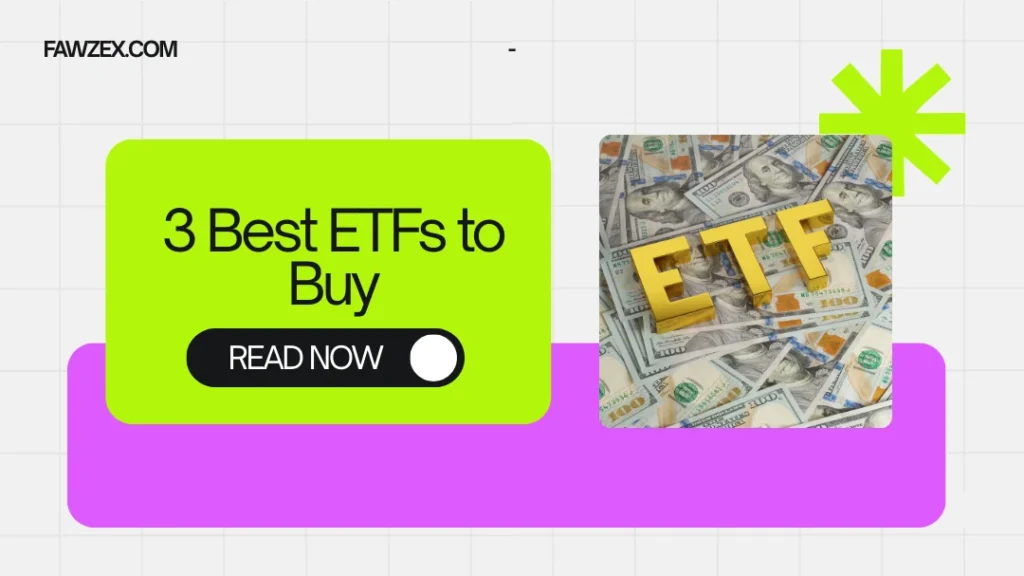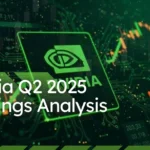The stock market keeps climbing higher. But are buyers getting tired? Even a strong economy doesn’t mean stocks can’t fall. Growth stocks have performed well. However, you need to sell to lock in those gains. September often sees more selling. This is when portfolios get rebalanced. These are just historical trends. They don’t guarantee stocks will drop. But they suggest caution. If stocks do fall, it could be a chance to buy. Certain sectors might do well even if the overall market struggles. Today, we’ll look at three different ETFs. They’re all unique. You could even buy all three. Let’s explore three ETFs to consider right now.
Understanding Market Shifts and Identifying Opportunities
Understanding Historical Market Trends and Seasonal Patterns
The market is still showing strength. But some signs point to buyer fatigue. September historically brings more selling. Portfolio rebalancing also happens more then. These patterns don’t promise future drops. Yet, they offer a context for planning. It’s smart to consider these seasonal influences.
The Importance of Sector Diversification Amidst Volatility
A weak economy isn’t needed for a market fall. Certain sectors can shine even when the broader market declines. This makes sector diversification vital. Identifying these resilient areas can provide a strategic edge. We’ll explore specific ETFs that offer this resilience. They also provide targeted growth potential.
ETF Spotlight 1: IGV – Exposure to the AI Software Boom
IGV: iShares Expanded Tech Sector Software ETF
This ETF, IGV, focuses on software companies. It aligns with the next phase of AI adoption. The ETF blends older software firms with newer, high-growth ones. Think of companies like Palantir.
The AI Infrastructure and Software Adoption Phases
AI adoption is happening in stages. The first stage focused on infrastructure. Chips and data centers did well then. We’re now entering the second phase. This stage centers on software companies. Businesses want to know how AI can save them money. Many software companies will win here. Others might struggle. IGV offers exposure to this key growth area.
IGV: Performance, Holdings, and Diversification within Software
IGV manages nearly $10 billion. Its expense ratio is 0.39%. Over the last year, it’s up 24%. Year-to-date, it’s up 7%. It’s down about 7% from its highs. This ETF is well-rounded. It holds established software names. It also holds fast-growing ones. Top holdings include Oracle, Palantir, and Microsoft. They make up about 30% of the ETF. You get exposure to legacy companies like Oracle. You also get fast growers like Palantir. Microsoft provides big-tech diversification. IGV offers exposure to Palantir. You can get this without betting solely on the stock. It’s a good option for the rest of the year.
ETF Spotlight 2: VIG – Dividend Growth and Diversification
VIG: Vanguard Dividend Appreciation ETF
VIG is popular with dividend investors. Growth investors like it too. It focuses on dividend growth, not just high yields. Many companies in VIG don’t pay huge dividends.
The Appeal of Dividend Growth Over High Yield
The current yield for VIG is about 1.7%. Its 5-year dividend growth rate is nearly 10%. This shows companies with growth potential. They also return some cash to shareholders. Investors focus on growth here. The dividend is a bonus. Strong dividend growth is the main draw.
VIG: A Diversified Approach with Sector Strength
VIG manages $109 billion. Its expense ratio is very low at 0.05%. It’s up 9% over 12 months. Year-to-date, it’s up 8%. Unlike IGV, VIG is diverse. It isn’t tied to just one sector. This helps diversify your portfolio. Top sectors include technology and financials. Broadcom, Microsoft, and JP Morgan are top holdings. It holds 340 companies. The top 10 make up 33%. VIG offers a mix of sectors. The speaker is optimistic about tech and financials. These sectors should benefit from economic trends. VIG offers dividend growth and diversification. It’s a good choice for many portfolios.
ETF Spotlight 3: SCHD – Dividend Equity for Portfolio Complementation
SCHD: Schwab US Dividend Equity ETF
SCHD is for dividend investors. It offers a higher yield than VIG. Its dividend growth is also faster. However, SCHD has underperformed recently. This is due to its sector makeup.
Understanding SCHD’s Reconstitution and Sector Allocation
SCHD’s performance was hit by its annual review. It increased its energy holdings. Energy has been a weak sector. SCHD uses an algorithm for selections. There’s no human element involved. This algorithm drives its choices.
SCHD: Current Positioning, Yield, and Income Generation
SCHD has been disappointing this year. It’s roughly flat over 12 months. Year-to-date, it’s up only 2%. This performance doesn’t include the income received. SCHD is meant to produce income. It aims to grow wealth through dividends. You get a near 4% dividend yield. The dividend growth rate is around 11%. It has increased dividends for 13 years straight. High yield with strong growth is rare. Its expense ratio is very low at 0.006%.
SCHD as a Complement to Tech-Heavy Portfolios
Top sectors include consumer staples and energy. Altria, Chevron, and PepsiCo are top holdings. SCHD holds 103 companies. The top 10 are 41% of the ETF. Like VIG, SCHD is diversified. It doesn’t focus on one sector. Technology isn’t a big part of SCHD. This explains its underperformance in tech-heavy years. But this also makes it attractive. It complements tech-heavy portfolios. When tech stocks pull back, SCHD can help. It provides stability with its yield and dividend growth.
Strategic Integration and Actionable Tips
Combining the ETFs for a Balanced Portfolio
IGV offers AI software growth. VIG provides diversified dividend growth. SCHD delivers income and stability. It also offers dividend growth. These three ETFs can form a balanced strategy. They can help navigate potential market downturns. Each ETF plays a unique role. Together, they offer a well-rounded approach.
Actionable Advice for Investors
Consider your own risk tolerance. Think about your investment goals. This will guide your ETF allocation. Research the specific holdings within each ETF. Make informed decisions based on your needs.
Conclusion
Choosing the right ETFs is important. This is especially true in today’s market. IGV targets AI software growth. VIG offers diverse dividend growth with tech exposure. SCHD provides income and portfolio stability. These ETFs can help you manage market uncertainty. They offer exposure to growth, dividends, and diversification. Stay proactive with your portfolio. Consider ETFs that offer resilience. Think about those that provide income. Ask yourself: which of these ETFs do you already own? Which ones are you planning to add?



